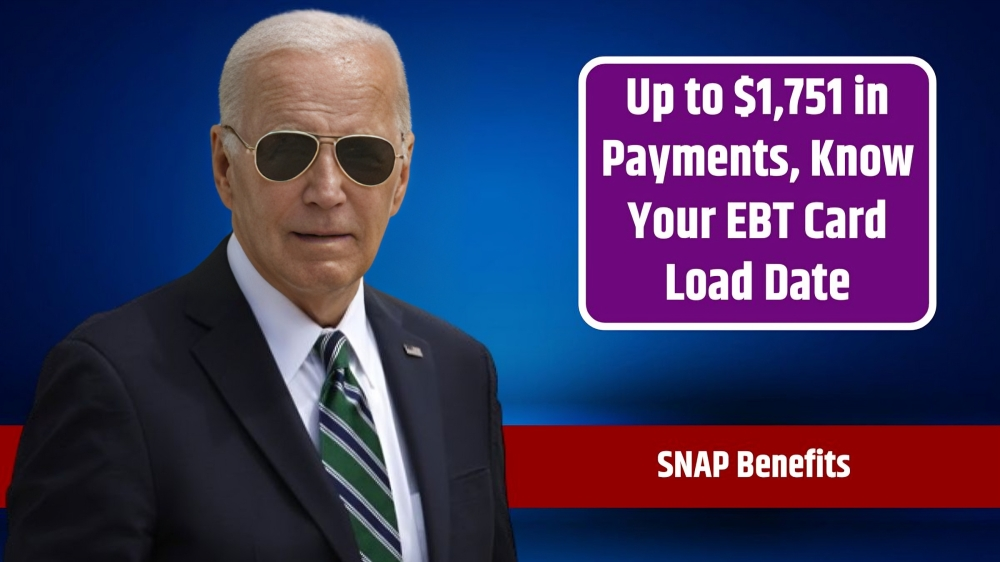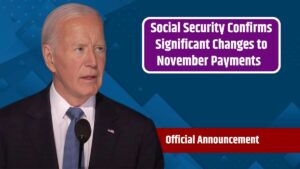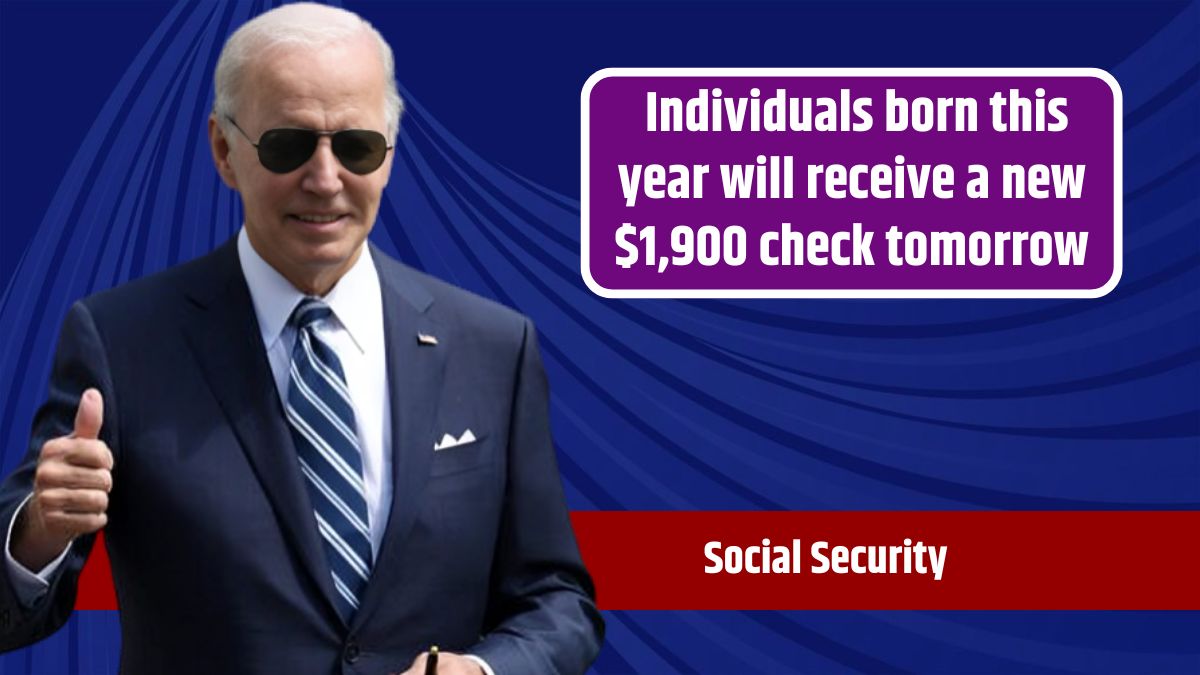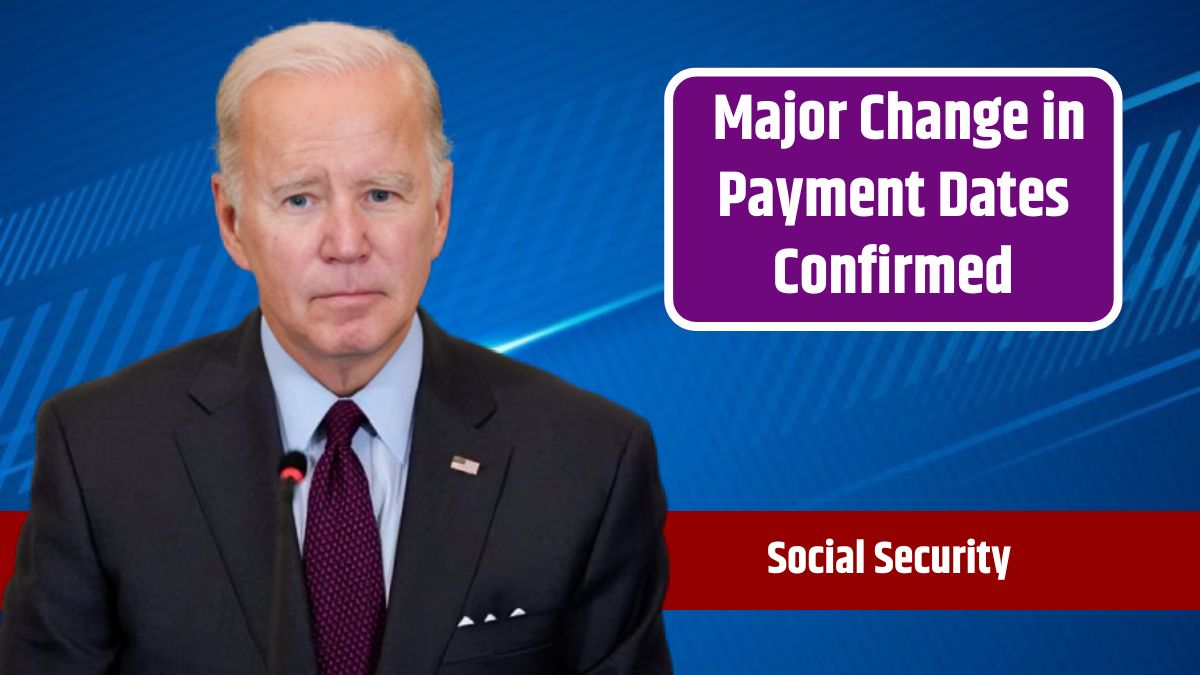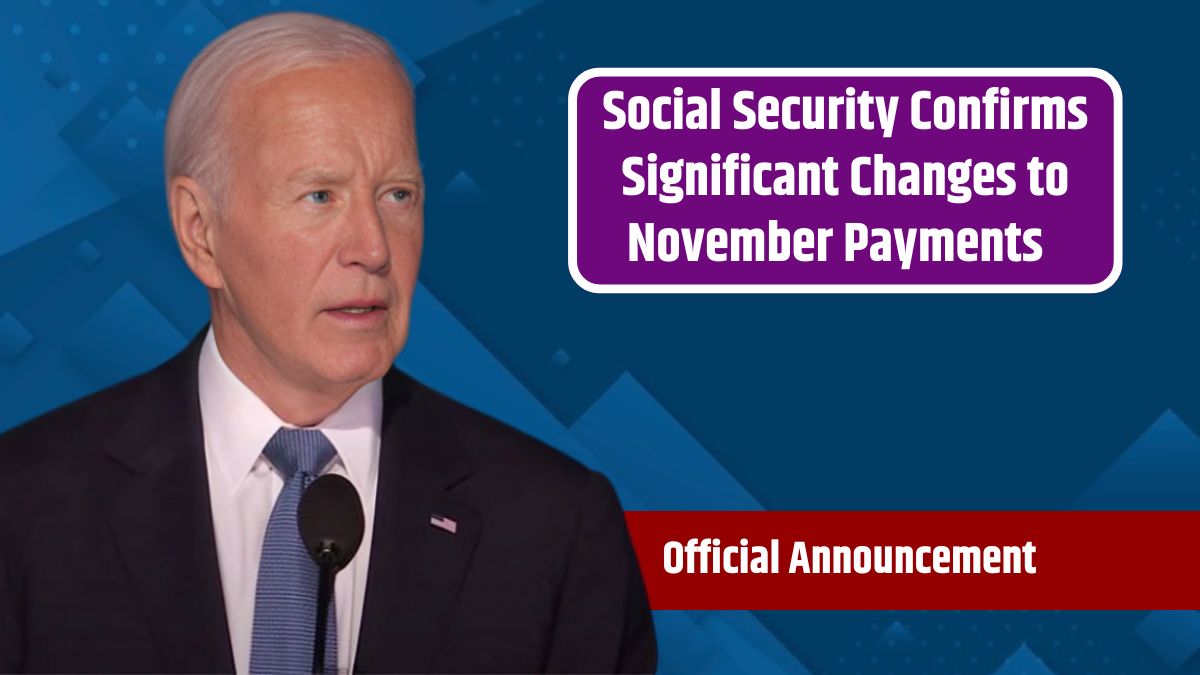The Supplemental Nutrition Assistance Program (SNAP), formerly known as the Food Stamp Program, is a crucial federal initiative aimed at helping low-income individuals and families purchase food. Overseen by the U.S. Department of Agriculture (USDA) through the Food and Nutrition Service (FNS), SNAP plays a significant role in combating food insecurity and promoting better nutrition among vulnerable populations.
Program
SNAP’s primary goal is to ensure that low-income households have the resources to afford a nutritious diet. This program operates on a monthly basis, with benefits being distributed differently depending on the state. Recipients receive their benefits via an Electronic Benefits Transfer (EBT) card, which works similarly to a debit card. The EBT card can be used to buy eligible food items at authorized retailers, including grocery stores, supermarkets, and even some farmers’ markets.
However, SNAP benefits come with restrictions. The benefits cannot be used to purchase non-food items such as alcohol, tobacco, vitamins, medicines, hot prepared foods, or toiletries. This regulation ensures that the funds are spent exclusively on essential food items to meet nutritional needs.
Support Programs
Beyond providing food assistance, SNAP also offers supplementary programs that enhance the well-being of its recipients. One such program is SNAP-Ed, which focuses on nutrition education. SNAP-Ed helps recipients make healthier food choices and maximize the value of their food dollars by teaching them how to budget for nutritious meals.
Another key initiative under SNAP is the Employment and Training (E&T) program. This initiative aims to help SNAP recipients gain the skills and training necessary to secure employment and work towards financial independence. E&T provides job training, support services, and resources to assist recipients in becoming self-sufficient.
Application Process
To apply for SNAP benefits, individuals must submit an application through their state’s SNAP office or online via the state’s SNAP website. The application process typically includes an interview and requires verification of income, expenses, and other eligibility criteria. Once approved, recipients will receive their benefits according to the schedule set by their state.
Schedule
While SNAP is a nationwide program, the distribution of benefits is not uniform across all states. Each state has its own schedule for disbursing SNAP benefits, which means that recipients receive their benefits at different times depending on where they live. Here is a state-by-state breakdown of when SNAP benefits will be distributed for the month of September:
| State | September Benefit Dates |
|---|---|
| Alabama | September 4 to 23 |
| Alaska | September 1 |
| Arizona | September 1 to 13 |
| Arkansas | September 4 to 13 |
| California | September 1 to 10 |
| Colorado | September 1 to 10 |
| Connecticut | September 1 to 3 |
| Delaware | September 2 to 23 |
| District of Columbia | September 1 to 10 |
| Florida | September 1 to 28 |
| Georgia | September 5 to 23 |
| Guam | September 1 to 10 |
| Hawaii | September 3 to 5 |
| Idaho | September 1 to 10 |
| Illinois | September 1 to 20 |
| Indiana | September 5 to 23 |
| Iowa | September 1 to 10 |
| Kansas | September 1 to 10 |
| Kentucky | September 1 to 19 |
| Louisiana | September 1 to 23 |
| Maine | September 10 to 14 |
| Maryland | September 4 to 23 |
| Massachusetts | September 1 to 14 |
| Michigan | September 3 to 21 |
| Minnesota | September 4 to 13 |
| Mississippi | September 4 to 21 |
| Missouri | September 1 to 22 |
| Montana | September 2 to 6 |
| Nebraska | September 1 to 5 |
| Nevada | September 1 to 10 |
| New Hampshire | September 5 |
| New Jersey | September 1 to 5 |
| New Mexico | September 1 to 20 |
| New York | September 1 to 9 |
| North Carolina | September 3 to 21 |
| North Dakota | September 1 |
| Ohio | September 2 to 20 |
| Oklahoma | September 1 to 10 |
| Oregon | September 1 to 9 |
| Pennsylvania | September 3 to 14 |
| Puerto Rico | September 4 to 22 |
| Rhode Island | September 1 |
| South Carolina | September 1 to 19 |
| South Dakota | September 10 |
| Tennessee | September 1 to 20 |
| Texas | September 1 to 28 |
| Utah | September 5, 11, and 15 |
| Virgin Islands | September 1 |
| Vermont | September 1 |
| Virginia | September 1 to 7 |
| Washington | September 1 to 20 |
| West Virginia | September 1 to 9 |
| Wisconsin | September 1 to 15 |
| Wyoming | September 1 to 4 |
This table provides a clear picture of when you can expect your SNAP benefits in September, depending on your state of residence. Keep in mind that this schedule can vary slightly, so it’s always a good idea to check with your local SNAP office for the most accurate information.
In conclusion, SNAP is more than just a food assistance program—it’s a lifeline for millions of Americans facing food insecurity. By providing monthly benefits, educational resources, and employment support, SNAP helps individuals and families achieve better nutrition and work towards self-sufficiency.
FAQs
How do I apply for SNAP benefits?
Apply online or through your state’s SNAP office.
When will I receive my SNAP benefits in September?
It varies by state; check the schedule above.
Can I use SNAP benefits to buy non-food items?
No, SNAP benefits are only for eligible food items.
What is SNAP-Ed?
SNAP-Ed is a program that offers nutrition education to SNAP recipients.
Does SNAP offer job training?
Yes, through the Employment and Training (E&T) program.
